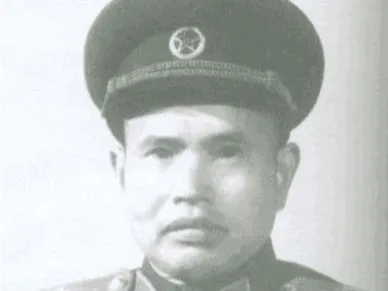Chairman Mao of the Korean War sent a man to increase the defensive strength of our army's positions by 15 times.
In the second half of 1951, the Korean War entered a stalemate, and in one position defense battle after another, under the bombardment of US artillery shells, our army suffered heavy casualties. Under these circumstances, Chairman Mao ordered the dispatch of a man to the Korean battlefield, and it was this man who increased the defensive strength of our army more than tenfold.
After our army entered the Korean battlefield in 1950, it fought five major battles in succession, forcing the coalition forces led by the US army to retreat one after another. In June 1951, the U.S. military had to begin reassessing our forces, after which the two sides entered a scorching trench battle. Our army's equipment itself lags behind that of the US army, and it is very unfavorable for our army to conduct position warfare. At this time, Chairman Mao felt that if he wanted to continue the stalemate with the US army, he must have a solid fortification, and the current fortifications of our army could not resist the attack of the heavy firepower of the US army.
Chairman Mao loved the soldiers like a son, and when he saw the number of casualties, he was very anxious, and at this time he remembered a person, that is, Wang Yaonan. So after discussion, Wang Yaonan was sent to the Korean battlefield. After Wang Yaonan arrived at the battlefield, from a professional point of view, he proposed that tunnel operations should be carried out, and used tunnels to connect the strongholds one by one.
On September 16, 1951, the soldiers of our army made every effort to build a new battle channel, and only one company of our army built more than 300 meters of tunnels and more than 100 combat bunkers. By the beginning of October, the British army and the American army jointly launched an offensive, and our army relied on the tunnel to fight, and in one day it repelled 21 allied attacks, annihilating more than 700 enemies and only 26 casualties of our army.
After the war, the US military evaluated our army's tunnel warfare, saying that from time to time our army pulled out a cannon from the cave, fired dozens of shells accurately, and then pulled the cannon back to the cave to hide. When the U.S. army found our artillery positions, our troops had already moved their artillery to a safe place.
(Image from the Internet)
